How to Fit a Bath Panel Like a Pro: 5 Simple Steps
Table Of Contents:
-
Introduction
→ -
Shower Rigid Riser Kits Collection
→ -
Understanding Bath Panels
→ -
Types of Bath Panels
→ -
Factors to Consider When Choosing the Perfect Bath Panel
→ -
Standard Size of a Bath Panel
→ -
Tools and Materials Needed
→ -
Measuring for the Perfect Fit
→ -
How to Fit a Bath Panel in 5 Simple Steps
→ -
Framed or Frameless Bath Panel
→ -
How much does it cost to fit a bath panel in uk?
→ -
How to Maintain the Bath Panel After Installation
→ -
Conclusion
→ -
Frequently Asked Questions
→
Introduction
Installing a bath panel might seem like a simple task, but the process involves more than just slapping it into place. Getting it right can make all the difference in both the appearance and functionality of your bathroom. Bath panels are an essential element in modern bathroom design, as they provide a sleek, polished finish while also serving a very practical purpose. They effectively conceal unsightly plumbing, electrical connections, and other components under the bath, making your bathroom look neat and organized. A well-fitted bath panel also enhances the overall aesthetic, contributing to the clean lines and cohesive design of your bathroom.
Whether you're replacing an old, damaged bath panel or installing one for the first time, the process can seem a bit daunting. However, with the right tools, materials, and guidance, fitting a bath panel is a task that even beginners can handle.
In this guide, we’ll break down everything you need to know to fit a bath panel like a pro. From understanding the different types of bath panels to choosing the right one for your bath, we’ll help you navigate the entire installation process. We’ll provide step-by-step instructions, tips for measuring the perfect fit, and guidance on common troubleshooting issues. By the end of this guide, you’ll have all the knowledge you need to achieve a clean, professional installation that not only conceals your bath’s plumbing but also elevates the look of your bathroom. Whether you’re aiming for a sleek modern look or a more traditional design, installing a bath panel correctly will enhance both the style and functionality of your bathroom for years to come. So, let’s get started!
Understanding Bath Panels
Bath panels are essential bathroom accessories that serve both functional and aesthetic purposes. These panels are designed to cover the gap between the bath and the floor, concealing unsightly plumbing, pipes, and other technical components that are often exposed underneath your bathtub. Apart from their practical role in hiding these elements, bath panels also contribute to the overall design of your bathroom, providing a polished, cohesive look that can complement your existing fixtures and decor.
The design, material, and style of the bath panel you choose can significantly impact the overall aesthetic of your bathroom. Whether you're renovating an old bath or simply upgrading your current setup, understanding the role of the bath panel and selecting the right one for your needs is crucial to achieving a functional yet visually appealing space.
Bath panels come in a variety of designs and materials, each offering different advantages. For example, a simple, straightforward acrylic panel may be sufficient for a minimalist look, while a more ornate wooden panel could work well for a traditional or vintage-themed bathroom. Some bath panels even have additional features, such as easy removal for maintenance or adjustment for non-standard bath sizes.
Why Are Bath Panels Important?
-
Concealing Plumbing: One of the primary functions of a bath panel is to hide the plumbing underneath the bath. This includes the waste and overflow pipes, as well as any other plumbing connections that might detract from the aesthetic of your bathroom.
-
Aesthetic Appeal: Bath panels come in various materials, finishes, and designs, allowing you to customize the look of your bathroom. Whether you want a sleek, modern vibe or a more traditional style, the right bath panel can elevate the design of your space.
-
Protection: Bath panels also serve as a protective cover for the plumbing, helping to prevent accidental damage and exposure to water or moisture. A well-fitted bath panel ensures that everything stays secure and dry.
-
Easy Access for Maintenance: Some bath panels are designed for easy removal, which allows you to access the plumbing beneath the bath if needed for repairs or maintenance. This can be especially helpful for homeowners who prefer a more DIY approach to upkeep.
Understanding these roles will help you select the right panel for your needs, ensuring your bath looks great while remaining practical and accessible. In the next section, we will explore the various types of bath panels available on the market, helping you choose the best option for your bathroom design and layout.
Types of Bath Panels
Choosing the right bath panel is crucial, as it not only impacts the look of your bathroom but also plays a key role in ensuring the functionality and durability of your bath. Bath panels come in various designs and materials, making it important to understand the different types available and how they can complement your overall bathroom aesthetic. Here is an in-depth look at the most common types of bath panels and the benefits each offers.
1. Straight Bath Panels
Straight bath panels are the most traditional and commonly used type. These panels are designed to fit the straight edge of a rectangular bath, providing a clean and streamlined look. They are available in a range of materials such as acrylic, MDF, and plastic, making them highly versatile.
Pros:
-
Easy Installation: Straight bath panels are relatively simple to install, which makes them a great choice for DIY projects.
-
Versatility: With a wide selection of materials and finishes, straight panels can easily match any bathroom style, whether it’s modern, classic, or traditional.
-
Affordability: These panels tend to be one of the most cost-effective options available, which makes them perfect for budget-conscious remodels.
Straight bath panels are the perfect solution for standard, rectangular bathtubs, offering an uncomplicated and efficient installation process.

2. Freestanding Bath Panels
Freestanding bath panels are typically used with freestanding bathtubs, which are becoming increasingly popular in modern bathrooms. These panels are not attached to the wall and are designed to fit around the bathtub’s base, either covering the sides or the entire length of the bath. They are supported by the tub's feet or base, and they often provide a dramatic, luxurious aesthetic.
Pros:
-
Elegance and Luxury: Freestanding bath panels create a sophisticated and elegant look, ideal for those looking to add a touch of luxury to their bathroom.
-
Design Flexibility: These panels are available in various styles, from minimalist to ornate designs, offering flexibility to suit different bathroom themes.
-
No Wall Attachment: Since they don't need to be attached to the wall, these panels are versatile and can be moved or adjusted as needed.
A freestanding bath panel is an ideal choice if you have a standalone bathtub and want to emphasize its design while hiding any exposed plumbing.

3. Corner Bath Panels
Corner bath panels are designed specifically for corner bathtubs, or L-shaped baths, and they are shaped to fit the angles of the corner. These panels are usually custom-made to fit the unique dimensions and shape of the corner bath, making them a great option for bathrooms where space is a premium or for unique bathtub shapes.
Pros:
-
Space-Saving: Ideal for smaller bathrooms, corner panels help save space while still offering an attractive, integrated look.
-
Customizable: Corner panels can be designed to fit specific corner bath models, providing a perfect fit and seamless appearance.
-
Maximizing Functionality: These panels help make the best use of bathroom space, especially in tight or awkward layouts.
Corner bath panels are ideal for those with corner or L-shaped baths, offering a tailored solution that fits neatly into the corner, creating a cohesive design.
4. Full-Length Bath Panels
Full-length bath panels extend the entire length of the bath, covering both the front and side. These panels provide a more polished, unified appearance, especially when paired with matching bath or vanity units. Full-length panels are typically seen in larger or luxury bathrooms, offering a seamless and sophisticated look.
Pros:
-
Unified Look: Full-length panels create a seamless and continuous look, which is particularly effective in high-end bathrooms.
-
Aesthetic Appeal: These panels can make the bathtub appear more expansive and elegant, contributing to the overall opulence of the bathroom.
-
Ideal for Larger Bathrooms: They’re especially fitting for large baths or luxury bathroom designs, where a more dramatic effect is desired.
Full-length bath panels can be the perfect finishing touch for a high-end bathroom, adding sophistication and a smooth, consistent look to the space.

5. Shower Bath Panels
Shower bath panels are designed for combination bath and shower units. These panels typically have an angled or curved design that fits the shape of the bath, providing added protection against water splashes and ensuring the surrounding area remains dry. This design works particularly well in bathrooms where space is limited and both bathing and showering are common.
Pros:
-
Space-Efficient: Perfect for small bathrooms, as they combine the functionality of a shower and a bath.
-
Water Protection: Shower bath panels provide effective protection from water splashes, keeping the surrounding floor area dry and safe.
-
Customizable: These panels are available in various styles, including those that feature shower screens for additional water containment.
Shower bath panels are an excellent choice for those with smaller bathrooms or who want to combine the convenience of both a bath and a shower in one unit.
6. Panel with Storage
For those with limited space, a bath panel with built-in storage is an excellent option. These panels feature compartments or shelves hidden behind the panel, providing extra space for towels, toiletries, or cleaning products. They are perfect for smaller bathrooms where storage can be a challenge.
Pros:
-
Maximized Storage: These panels offer a clever way to incorporate additional storage space without sacrificing the look of the bathroom.
-
Space-Saving: They are ideal for compact bathrooms or those with minimal cabinetry.
-
Practical: Storage behind the bath panel is easily accessible while helping keep your bathroom organized and clutter-free.
A bath panel with built-in storage helps optimize your bathroom space, making it both functional and stylish.

7. Glass Bath Panels
Glass bath panels are commonly used in modern bathrooms, particularly in wet rooms or open-plan shower areas. These panels provide a sleek, contemporary look and are often paired with minimalist designs to create an airy and open feel in the bathroom.
Pros:
-
Sleek, Modern Look: Glass panels provide a modern, stylish appearance that works well with contemporary bathroom designs.
-
Easy to Clean: Glass is simple to maintain and keep clean, which is a great advantage in areas exposed to water and steam.
-
Open, Airy Feel: These panels are ideal for creating a light, open atmosphere in smaller or more minimalist bathrooms.
Glass bath panels work well in modern or open-plan bathrooms, where a clean and simple design is desired.
8. Decorative Bath Panels
For those who want to make a bold design statement, decorative bath panels are an ideal option. These panels come in various finishes, such as patterned tiles, faux wood, or even metallic finishes. They are great for adding texture, color, and personality to the bathroom while covering the plumbing.
Pros:
-
Customization: With decorative panels, you can choose a design that complements the rest of your bathroom’s theme or creates a focal point.
-
Unique Style: These panels help to add character to your space, turning a functional element into a design feature.
-
Variety of Designs: From intricate patterns to sleek, modern textures, decorative bath panels offer a wide array of options to match your personal style.
Decorative panels allow you to add personality and flair to your bathroom while still serving the practical function of concealing the plumbing.
When selecting a bath panel, consider the type of bathtub, the size and shape of your bathroom, and the overall aesthetic you want to create. Whether you’re looking for something sleek and minimalist, luxurious, or practical, the right bath panel can enhance the look and function of your space. From straight panels to freestanding or decorative options, there’s a wide range of designs available to suit every bathroom. In the next section, we’ll dive into the steps involved in choosing the perfect bath panel and installing it to ensure a flawless finish.
Factors to Consider When Choosing the Perfect Bath Panel
When selecting a bath panel, aside from material, design, and cost, other crucial factors need to be considered to ensure a perfect fit and enhance the functionality and aesthetic of your bathroom. Here are some additional key factors to keep in mind:

1. Available Space
-
Bathroom Layout: Consider the layout of your bathroom when choosing a bath panel. If you have limited space, opt for a slim or narrow bath panel. For larger bathrooms, you may prefer a more decorative or detailed panel to make a statement.
-
Freestanding vs. Built-in Bath: If you have a freestanding bath, you'll need a panel that can be fitted at one or both ends of the bath, while built-in baths may require a full-length panel. Take the space around the bath into account to determine whether a full or end panel is best.
2. Access to Plumbing and Maintenance
-
Ease of Access: Some bath panels come with removable panels or panels with access doors, which can be useful if you ever need to access plumbing for repairs or maintenance. Ensure that the panel you select provides adequate access for any future plumbing work.
-
Storage: In cases where access is important, you may want to choose a bath panel that doubles as a storage unit, allowing you to hide any plumbing while still maintaining easy access when necessary.
3. Water Resistance and Moisture Protection
-
Moisture Resistance: Bathrooms are high-moisture environments, so it’s crucial to select a bath panel that can withstand humidity and water splashes. Materials like acrylic, plastic, and treated MDF are ideal, while wood panels may require special sealing or treatment to prevent warping or rot over time.
-
Ventilation: Ensure that your bath panel design allows for sufficient ventilation behind the panel to prevent moisture buildup, which can lead to mold or mildew growth.
4. Style and Design Compatibility
-
Match with Other Bathroom Fixtures: The bath panel should complement other elements in the bathroom, such as the taps, shower, and sink. Choose a panel with a finish or color that harmonizes with the existing fixtures and the overall bathroom style, whether modern, traditional, or industrial.
-
Customization: Some bath panels can be customized to suit your bathroom’s unique style, whether it’s a high-gloss finish, a wood-effect design, or a bespoke color. This is particularly useful for bathrooms with a distinctive design or specific requirements.
5. Height of the Panel
-
Full-Length vs. Half-Length: Bath panels come in full-length designs that cover the entire length of the bath or half-length panels that only cover the front section. The height of the panel should be chosen based on the type of bath (freestanding, corner, built-in) and the visual effect you want to achieve. A higher panel can provide a more luxurious and seamless look, while a lower panel may allow for more under-bath storage space.
-
Adjustable Panels: Some bath panels are adjustable, meaning they can be trimmed to fit the exact height of your bath. This feature can be particularly useful for baths that are slightly taller or shorter than the standard size.
6. Durability
-
Wear and Tear: Since bath panels are exposed to water, cleaning products, and regular use, durability is crucial. Choose materials that are scratch-resistant, easy to clean, and able to withstand frequent exposure to water and steam.
-
Long-Term Investment: Consider the long-term investment aspect. High-quality materials like acrylic or glass may cost more upfront but last longer and require less maintenance over time.
7. Customization and Fitting Options
-
Customizable Panels: Some bath panels offer custom fitting options, which is useful if you have a unique-sized bath or non-standard dimensions. These can be trimmed to fit or purchased in bespoke sizes.
-
Flexible Fitting Systems: Some panels come with flexible fitting systems that allow for easier adjustments and installation, making them ideal for DIY enthusiasts or those who plan on replacing the panel themselves.
8. Sustainability
-
Eco-Friendly Materials: If sustainability is important to you, look for bath panels made from eco-friendly materials. Some manufacturers offer panels made from recycled materials or those that are more energy-efficient in production, making them a better choice for eco-conscious homeowners.
-
Longevity and Reduced Waste: Opting for a durable and long-lasting bath panel reduces the need for frequent replacements, contributing to reducing waste in the long run.
9. Fixing Method
-
Easy Installation: Consider the method of installation when selecting a bath panel. Some panels are designed to be easy to install yourself, while others may require professional assistance. A panel with a secure and simple fixing method will save time and effort during installation.
10. Budget
-
Affordable Options: Bath panels come in a wide range of prices. If you’re working with a limited budget, you can find good quality options made from materials like plastic or acrylic at a more affordable price.
-
Investing in Quality: If you're looking for a long-lasting and luxurious finish, you may want to consider investing in more premium materials such as glass or solid wood, which will cost more upfront but may offer better durability and aesthetic appeal.
When selecting a bath panel, consider not only the aesthetic but also the practicality, durability, and fit within your bathroom space. Assess the available space, ensure good water resistance, think about maintenance needs, and consider the overall style of your bathroom. By factoring in these key elements, you can choose a bath panel that enhances both the look and functionality of your bathroom.
Standard Size of a Bath Panel
When it comes to fitting a bath panel, it's essential to know the standard sizes available to ensure a proper fit. Bath panels are designed to cover the space between your bath and the floor, and their dimensions depend on various factors such as the size of the bath, the style, and whether it’s a standard or custom unit. Here’s a common sizes and considerations for bath panels:

1. Length of the Bath Panel:
-
Standard Length: The length of a bath panel generally matches the length of the bath. The most common standard lengths are:
-
1700mm – This is the most popular length for a standard bath, fitting a typical 1700mm long bath.
-
1500mm – This length is suited for smaller baths, generally used in compact or smaller bathrooms.
-
1800mm – Larger baths, especially those designed for more spacious bathrooms, usually require longer panels, such as 1800mm.
Why it matters: The length of the bath panel should correspond to the length of your bath to avoid any gaps. Even if your bath is slightly shorter or longer than the standard, many bath panels are adjustable or can be easily trimmed to fit.
Tip: Always measure the length of your bath before purchasing a bath panel to ensure the panel will cover the entire length and fit snugly against the edges. If your bath is non-standard, it’s important to either look for custom panels or buy a longer panel that can be trimmed down.
2. Height of the Bath Panel:
-
Standard Height Range: The height of a bath panel typically ranges between 500mm and 600mm. This measurement refers to the vertical dimension from the floor to the top edge of the panel. However, the height you choose largely depends on the style and design of your bath and the desired look for your bathroom.
-
500mm: Suitable for most traditional and standard baths, this height works well for most applications where you don’t want to obscure the underside of the bath.
-
600mm: Common for freestanding baths or those that require additional coverage. It ensures that the panel covers more of the bath's side, often creating a more polished look.
Why it matters: The height of the panel needs to match the distance from the floor to the top of your bath. If the bath sits lower or higher than expected, the panel may need to be customized. Similarly, for freestanding baths, which can be slightly higher off the floor, you may need a taller panel to achieve a seamless, professional appearance.
Tip: Measure from the floor to the top of the bath’s edge to determine the correct height. If your bath is positioned off the ground or slightly tilted, you may need to adjust the height of the panel to match. Consider any additional features like overflow or taps that might affect the height required.
3. Side Panels for Corner or L-Shaped Baths:
-
For corner or L-shaped baths, you often require side panels in addition to the front panel. The dimensions for side panels can differ depending on the size of your bath.
-
700mm – 800mm: This is the most common height range for side panels in corner or L-shaped baths. It helps to cover the full depth of the side of the bath.
Why it matters: Side panels are necessary for corner or L-shaped baths, where a single front panel may not be sufficient to cover the entire perimeter. Side panels also need to match the height of the front panel to maintain a cohesive look.
Tip: Ensure that side panels are ordered based on the depth and design of the bath. Like front panels, these too can often be trimmed or adjusted, but it's essential that they fit properly along the length of the bath to avoid gaps.
4. Depth of the Panel (for Side Panels):
-
Standard Depth Range: For side panels in corner or L-shaped baths, the depth (from the front edge to the side) usually ranges from 700mm to 1000mm, depending on the overall design and how far along the bath’s length the panel needs to cover.
Why it matters: This measurement is important for corner and L-shaped baths because the side panel will cover one or more sides of the bath. Ensuring it fits snugly along the bath's length prevents awkward gaps and ensures a secure installation.
Tip: For deeper baths, you might need a slightly deeper side panel to match the bath’s design. It’s essential to check the length of the bath and how far the panel needs to extend to the side. If the panel is too short, it won’t provide adequate coverage.
5. Custom or Adjustable Panels:
-
Why Customization is Important: If your bath does not fit the standard lengths or heights mentioned, many manufacturers offer adjustable panels, which can be trimmed down to size. This is particularly useful if you have a non-standard or custom-designed bath. These panels are flexible and allow you to achieve a tailored look without worrying about precise measurements.
Why it matters: Customizable panels ensure that even if you have a unique-sized bath, you can still fit a panel that works. This flexibility saves time and effort, especially if you’re unsure about the specific dimensions of your bath.
Tip: When choosing a custom or adjustable panel, make sure to double-check the manufacturer's guidelines on how much can be trimmed or altered, as over-adjusting could lead to damage or an improper fit.
By understanding these dimensions and measurements, you can be sure to select a bath panel that not only fits well but also complements your bathroom design beautifully.
Tools and Materials Needed

To install your bath panel, you will need:
-
A measuring tape
-
A saw (if cutting the panel is necessary)
-
A screwdriver or drill
-
Bath panel fixing clips, brackets, or adhesive (depending on the panel type)
-
Silicone sealant (for finishing)
-
A level to ensure the panel sits straight
-
A pencil for marking the cutting lines (if required)
Measuring for the Perfect Fit
When it comes to fitting a bath panel, taking the right measurements is crucial to ensure a seamless, professional installation. A properly measured panel will not only enhance the aesthetic of your bathroom but also make sure the panel sits securely and functions effectively. Here's an in-depth look at how to measure for the perfect bath panel fit:
1. Measure the Length of the Bath
-
Why it’s important: The length measurement of your bath determines the size of the bath panel you'll need. If your panel is too short, gaps will form; if it's too long, it may not fit properly or could require unnecessary cutting.
-
How to measure: Start at one end of your bath and measure the entire length to the other end. It's helpful to use a flexible tape measure to ensure accuracy, especially if the bath has any slight curvature along its length.
-
Tip: If you have a freestanding bath or an unusual design (e.g., a corner or L-shaped bath), make sure to measure the straight sections where the panel will be fitted. For corner baths, you’ll need measurements for both straight lengths of the side that the panel will cover.
2. Measure the Height of the Bath
-
Why it’s important: The height of your bath determines how much of the bath panel will show and if it will need trimming. A mismatch in height can result in visible gaps or a poor finish.
-
How to measure: Measure from the floor to the top edge of the bath. It’s important to do this at both ends of the bath, especially if the bath isn’t level. If your bath has a slight slope or uneven surface, these differences should be accounted for in your measurements.
-
Tip: If you have a freestanding bath, take extra care to check the height as freestanding units may not sit level with the floor. Using a spirit level across the top edge can help you identify if your bath has any tilt, and you can adjust the panel accordingly.
3. Measure the Depth (for Side Panels)
-
Why it’s important: For baths that need side panels (such as corner or L-shaped baths), you’ll need to measure the depth or width of the side panel you require. An accurate depth measurement ensures that the panel will cover the side of the bath and align with the front panel.
-
How to measure: Measure from the front edge of the bath to the end, where the side panel will sit. This measurement will give you the exact length needed for the side section. Again, ensure your tape measure is level to avoid any inaccuracies.
-
Tip: If you’re unsure about the measurements, consider adding a few millimetres of extra space (about 1–2mm) for adjustments. This prevents the panel from being too tight and ensures easy fitting.
4. Account for Any Uneven Surfaces
-
Why it’s important: Not all baths sit level, and if your bath has slight unevenness along the bottom or around its edges, it could affect how well the panel fits.
-
How to measure: To check for uneven surfaces, use a spirit level to see if the bath has any tilt or irregularities that might create gaps between the bath and the panel. This is especially important for freestanding baths or custom-made units, where the surface might not be perfectly even.
-
Tip: If the bath isn’t perfectly level, consider using a shimming technique during installation to ensure the panel sits flush and securely. This will also help in preventing water or steam from getting trapped behind the panel, which can lead to mold or mildew buildup.
5. Consider Extra Space for Fixing
-
Why it’s important: Fixing brackets or clips are often used to secure the bath panel in place. These need to be accounted for during your measurements to ensure you leave enough space for the fixings to sit properly.
-
How to measure: If your bath panel will require fastenings such as screws or brackets, measure the space between the edge of the bath and the wall (or the other end of the bath). This will give you an idea of how much space to allow for the fixing components.
-
Tip: Consider the type of fixings you'll use. Some bath panels come with pre-drilled holes for brackets, while others may require you to drill the panel yourself. Be sure to account for this when measuring, so you have the necessary space for these fixings.
6. Double-Check Measurements
-
Why it’s important: Accuracy is key when fitting a bath panel, so always double-check your measurements to avoid errors that could result in an ill-fitting or misaligned panel.
-
How to measure: Use a tape measure to measure several times, especially for length and height. If you're unsure about a specific measurement, it’s better to over-measure slightly and trim the panel later if needed. Make sure your measurements are consistent across the entire bath, as even a small discrepancy can affect the overall look.
-
Tip: If you're not confident in your measurements or the task at hand, consider seeking professional help or getting a second opinion from a skilled friend. It's always better to be certain before cutting or purchasing a new panel.
Accurate measurements are essential for a successful bath panel installation. By measuring the length, height, depth, and accounting for any uneven surfaces, you can ensure that your bath panel fits perfectly. Always take the time to double-check your measurements and allow a little room for adjustments during installation. With the right measurements, your bath panel will not only fit well but also enhance the overall aesthetic and functionality of your bathroom.
How to Fit a Bath Panel in 5 Simple Steps
Fitting a bath panel is an essential task that can enhance the overall look of your bathroom while also providing a functional solution for concealing plumbing. Here’s a detailed breakdown of the five simple steps to fit a bath panel like a pro.

Step 1: Prepare the Panel
The first step in fitting a bath panel is to ensure the panel is the right size for your bath. Measure the length of the bath and check the height from the floor to the edge of the bath where the panel will sit.
-
Cut the Panel to Size: If necessary, use a fine-toothed saw or a jigsaw to trim the panel to fit your measurements. Take your time and measure twice to avoid cutting errors.
-
Tip: If your panel has a decorative edge or intricate design, be cautious when cutting to avoid damaging the aesthetics of the panel. A smooth, clean cut will ensure a better fit and look.
Step 2: Install the Fixings
Most bath panels come with fixing brackets, clips, or adhesive strips that help secure the panel to the bath. These fixings should be installed carefully to ensure a secure fit.
-
Place the Fixing Clips: Start by attaching the fixing brackets or clips to the underside of the bath, ensuring they are evenly spaced across the length of the bath. You may need to mark the positions lightly with a pencil before drilling or securing them.
-
Attach Adhesive Strips (if applicable): If you are using adhesive strips, apply them to the back of the panel or along the edges of the bath where the panel will make contact. Be sure to follow the manufacturer’s instructions regarding drying times or pressure required for the adhesive.
Step 3: Fit the Panel
Now that your fixings are in place, it’s time to fit the bath panel. Align the panel correctly with the bath, ensuring it sits flush and securely in place.
-
Slide the Panel into Position: Carefully slide the panel into place along the edge of the bath. If you're using clips or brackets, gently slot the panel into the fixing points, ensuring it is snug and secure.
-
Check for Evenness: Make sure the panel is aligned properly and sits evenly across the entire bath edge. Adjust the position if necessary before securing the fixings fully.

Step 4: Seal the Edges
To ensure a clean, professional look and prevent moisture from getting behind the panel, sealing the edges is a crucial step.
-
Apply Silicone Sealant: Use a silicone sealant around the edges where the panel meets the bath and floor. This will help prevent water from seeping behind the panel and also give it a polished finish.
-
Smooth the Sealant: Run your finger along the sealant to smooth it out, or use a caulk tool for a more precise finish. Wipe off any excess with a damp cloth to avoid messy residue.
Step 5: Check Alignment
The final step is to ensure the bath panel is aligned correctly and looks perfectly straight.
-
Use a Spirit Level: Check the alignment of the panel with a spirit level to ensure it is straight. A level ensures the panel is positioned properly and that it has a neat, professional appearance.
-
Make Final Adjustments: If the panel isn't quite aligned, make any minor adjustments as needed. After the panel is aligned and secured, allow any adhesive or sealant to dry fully before using the bath.
By following these five simple steps, you can fit your bath panel quickly and efficiently, achieving a professional, polished finish. Take your time with measurements and fixings, and don’t rush through the sealing process. A well-fitted bath panel not only improves the appearance of your bathroom but also provides long-lasting protection against moisture and plumbing visibility.
Framed or Frameless Bath Panel: Do You Need a Frame to Fit a Bath Panel?
When it comes to bath panel installation, one of the key decisions you’ll need to make is whether to opt for a frame or frameless bath panel. Both options have their benefits, but the right choice for your bathroom will depend on several factors, including the style you want to achieve, ease of installation, and the specific requirements of your bath setup. Here’s a breakdown to help you decide whether you need a frame to fit your bath panel.

1. Frameless Bath Panels
A frameless bath panel is a sleek and minimalist option that doesn’t have a visible frame around the edges. These panels rely on strong adhesive or clips to secure them in place, giving a clean, modern look to your bath area.
Advantages of Frameless Bath Panels:
-
Sleek Appearance: Frameless panels offer a more contemporary, streamlined look, perfect for modern bathrooms that emphasize simplicity.
-
No Visible Fixtures: Because the edges are frame-free, there are no visible fixing brackets or clips, giving your bath a more polished, high-end appearance.
-
Space Efficiency: Frameless panels can be ideal for smaller bathrooms where a bulky frame might make the space feel cramped.
Installation Considerations:
-
Frameless bath panels are often easier to install as they don’t require a frame to be attached.
-
They rely on strong adhesives or specialized clips for securing, making the fitting process a bit more straightforward for DIYers.
When to Choose Frameless Panels:
-
If you want a sleek, modern look with minimal distractions.
-
If your bathroom design focuses on clean lines and open space.
-
If you don’t mind using adhesive or clips to secure the panel.
2. Framed Bath Panels
A framed bath panel includes a rigid, often metal or plastic, frame that surrounds the panel. The frame can either be fixed directly to the bath, or it may be designed to hold the panel in place via brackets or clips.
Advantages of Framed Bath Panels:
-
Added Support: The frame provides additional structural support, which may be beneficial if you have a larger or heavier panel.
-
Easier to Adjust: If you need to make any adjustments, framed panels tend to be easier to manipulate because of their reinforced structure.
-
More Customization Options: Framed panels are available in a wider range of styles and finishes, making it easier to match the design to your bathroom’s aesthetic.
-
Durability: The frame helps protect the edges of the panel from damage, which may extend the life of the panel.
Installation Considerations:
-
Framed panels are usually a bit more involved to install, as you’ll need to secure the frame and attach it to the bath.
-
The frame can add a bit of bulk around the edges, which may not be ideal for very modern or minimalist designs.
When to Choose Framed Panels:
-
If you prefer a more traditional look with added durability and structure.
-
If you want extra protection for the edges of the panel.
-
If you have a bath with irregular edges or a need for more flexible fixing options.
Do You Need a Frame to Fit a Bath Panel?
The answer depends on the type of panel and your preferred bathroom style:
-
If you want a modern, minimalist look, frameless bath panels are often the best choice. They give your bathroom a sleek, high-end finish and are generally easier to install.
-
If you need extra support or durability, framed bath panels are a great option. They provide added protection and can be more versatile when it comes to installation, especially if your bath has irregular dimensions or requires additional stability.
The choice between a framed and frameless bath panel comes down to your personal preference and the specifics of your bath setup. Frameless panels offer a modern, clean aesthetic but may require more precise fitting, while framed panels offer added durability and easier adjustments but can be bulkier in appearance. Either way, the right bath panel can enhance your bathroom’s overall design and functionality.
How much does it cost to fit a bath panel in uk?
The cost of fitting a bath panel in the UK can vary depending on several factors, including the type of panel, the complexity of the installation, and the professional or DIY approach. Here’s a breakdown of the typical costs:
|
Type of Installation |
Cost Breakdown |
Total Estimated Cost |
|---|---|---|
|
DIY Installation |
- Cost of Bath Panel: £20 to £150 - Tools & Materials (if needed): £10 to £30 |
£30 to £180 |
|
Professional Installation |
- Cost of Bath Panel: £20 to £150 - Labor Charges (Hourly Rate): £30 to £60 per hour - Installation Cost: £50 to £150 |
£80 to £300 |
Additional Considerations:
-
Location: Labor rates can vary by location in the UK, with prices generally being higher in London and the South East.
-
Type of Bath Panel: Custom or high-end bath panels may require more intricate installation or special fittings, which can increase costs.
-
Additional Work: If the installation involves removing an old panel or additional work like sealing, these tasks may add to the overall cost.
How to Maintain the Bath Panel After Installation
Once your bath panel is installed, it’s essential to keep it in great condition for both aesthetic and functional purposes. Proper maintenance helps to extend its life, prevent damage, and maintain a neat and polished look in your bathroom. Here’s a guide on how to maintain your bath panel effectively after installation:

1. Regular Cleaning
Bath panels are exposed to water, soap, and other bathroom products, so they can accumulate grime and stains over time. Regular cleaning will help keep your bath panel looking new.
-
Cleaning Solution: Use a mild soap solution or a gentle bathroom cleaner. Avoid harsh chemicals that could damage the finish.
-
Cleaning Process: Wipe the surface using a soft, damp cloth. Avoid abrasive sponges or scrubbing pads that can scratch the surface. Pay special attention to corners and edges, where soap scum and limescale can accumulate.
Tip: For more stubborn buildup like limescale or water spots, use a mixture of vinegar and water. Test it in a small area first to make sure it doesn’t damage the finish.
2. Inspect and Maintain the Sealant
One of the key maintenance tasks is to check the sealant around the edges of the bath panel. Sealant prevents water from seeping behind the panel, where moisture can cause damage to both the panel and the surrounding areas.
-
Check for Gaps: Over time, sealant can crack or wear away. Inspect the sealant regularly and replace it if necessary to prevent water leakage.
-
Reapply Sealant: If you notice any cracks, peeling, or gaps, remove the old sealant and apply a fresh line of silicone sealant to ensure a tight, waterproof seal.
3. Prevent Soap Scum and Limescale Build-Up
Soap scum and limescale can accumulate on bath panels, especially in areas with hard water. To prevent this buildup:
-
Frequent Wiping: Wipe down the bath panel after every use to prevent soap and water from drying on the surface. This reduces the chance of limescale and soap scum buildup.
-
Cleaning Limescale: If you notice limescale forming, clean the surface with a mixture of vinegar and water. You can also use a limescale remover, but be sure to check that it’s safe for your specific bath panel material.
4. Tighten Loose Fixtures
Occasionally, the fixtures that hold the bath panel in place, such as clips, brackets, or screws, may loosen over time. It’s important to check these fixtures and tighten them as needed.
-
Check for Stability: Gently press the panel to ensure it’s securely in place. If you notice any movement, tighten the fastenings.
-
Loose Parts: If any parts become loose or damaged, replace them promptly to avoid the risk of the panel falling or shifting.
5. Avoid Water Damage
Bath panels are exposed to water regularly, so it’s essential to keep an eye out for any signs of water damage, especially behind the panel.
-
Inspect for Leaks: Check for any signs of leaks around the edges or behind the panel. If water starts seeping through, it can lead to mold and mildew growth, which can damage both the panel and the surrounding areas.
-
Ventilation: Ensure your bathroom is properly ventilated to reduce moisture buildup. An extractor fan can help keep humidity levels low and prevent mold growth.
6. Handle with Care
When cleaning or adjusting the bath panel, avoid applying excessive force. Be careful not to scratch the surface with sharp objects or apply too much pressure during cleaning or installation.
7. Keep the Panel Dry
After cleaning or after a bath, dry the panel to prevent water spots, mildew, and mold. Use a soft towel to gently dry the surface and edges, especially if your bathroom has hard water, as water spots can become more visible.
Maintaining your bath panel is simple yet essential for prolonging its life and keeping it looking great. By following these straightforward maintenance tips, including regular cleaning, sealing, and checking for leaks, you can ensure your bath panel remains an attractive and functional part of your bathroom for years to come.
Conclusion
Fitting a bath panel like a pro is all about preparation and careful execution. By following the steps outlined in this guide, you can install a bath panel that not only enhances the look of your bathroom but also provides long-lasting functionality. With the right tools, a little patience, and some attention to detail, you’ll achieve a professional finish in no time.
Frequently Asked Questions
Yes, it is usually necessary to remove the old panel before fitting a new one. This ensures that the area is clean and free of debris, and allows you to correctly measure the space for the new panel. If you are replacing a panel with a similar design, you might not need to remove the old one entirely if it fits well.
To remove the old panel safely, start by loosening any screws or clips holding it in place. If the panel is attached with adhesive, carefully use a flat tool or utility knife to cut through the adhesive. Always be gentle to avoid damaging the bath or tiles. Take your time and avoid using excessive force.
Fitting a bath panel is typically a straightforward task, but it can take 1 to 2 hours depending on your experience and the type of installation required. If you're installing it for the first time, it may take a bit longer. If you're working with a professional, it may be quicker, usually taking around an hour.
The best method depends on the type of panel and the bath's setup. For most panels, a combination of adhesive and screws or clips is recommended. Adhesive helps keep the panel in place, while screws or clips add extra security. Follow the manufacturer's instructions for the best results.
Warping or bowing of bath panels is often due to moisture exposure, especially in wooden or MDF panels. To prevent this, ensure the panel is sealed correctly around the edges with silicone sealant. If warping occurs, you may need to replace the panel with a more durable material such as acrylic or PVC, which are less prone to damage.
Yes, it's highly recommended to seal the edges of the bath panel with silicone caulk. This prevents water from getting behind the panel, which could lead to damage or mold buildup. Apply a thin line of caulk around the edges where the panel meets the bath and floor for a clean, professional finish.
Bath panels can be installed on both freestanding and built-in baths, but the installation method might differ. For a freestanding bath, the panel may be fixed with clips or adhesive to the underside of the tub or to the floor. Built-in baths usually have a more straightforward installation since the panel can be attached directly to the sides of the bath. Make sure to check if the panel is compatible with the type of bath you have.










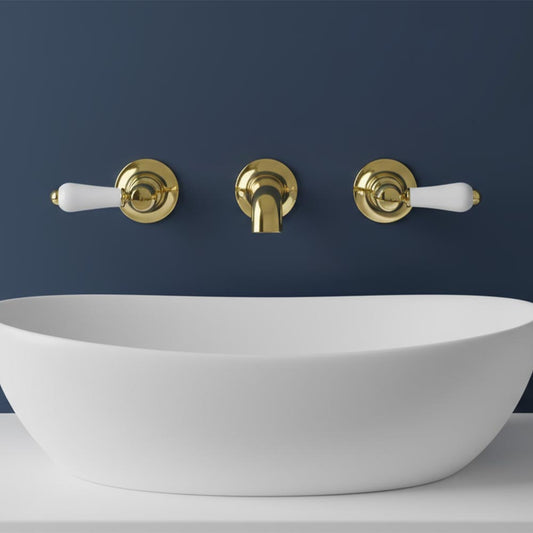

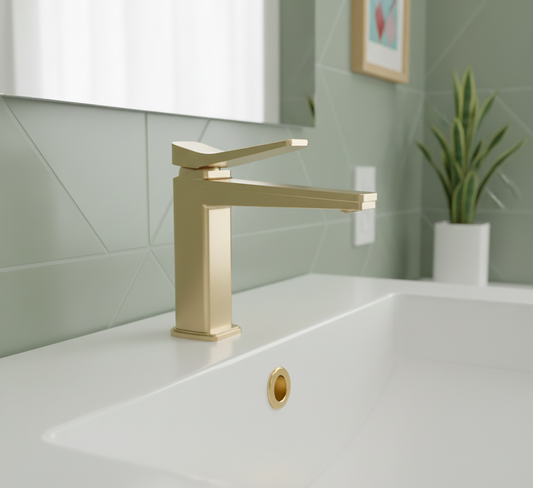

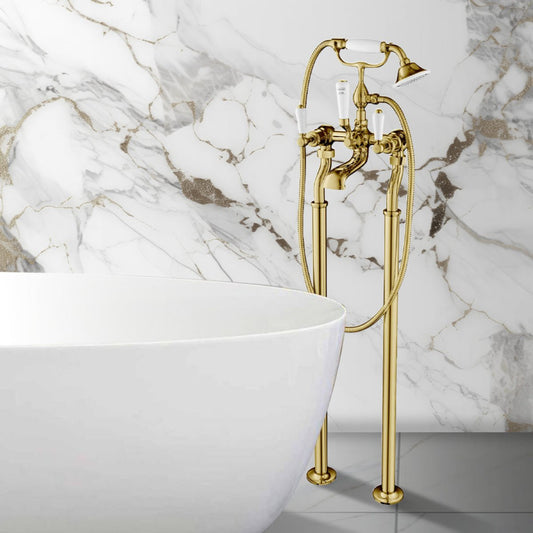
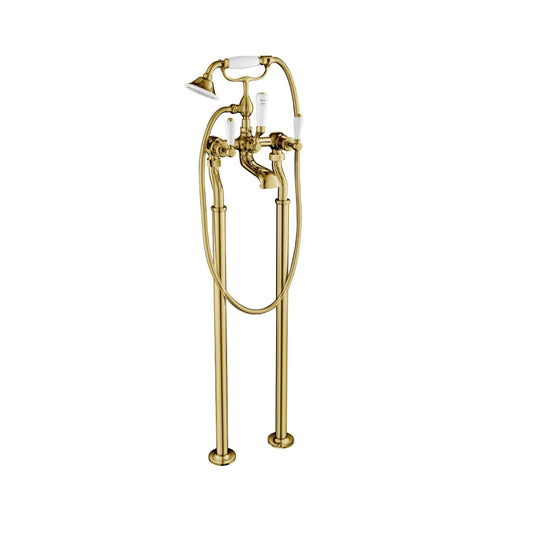


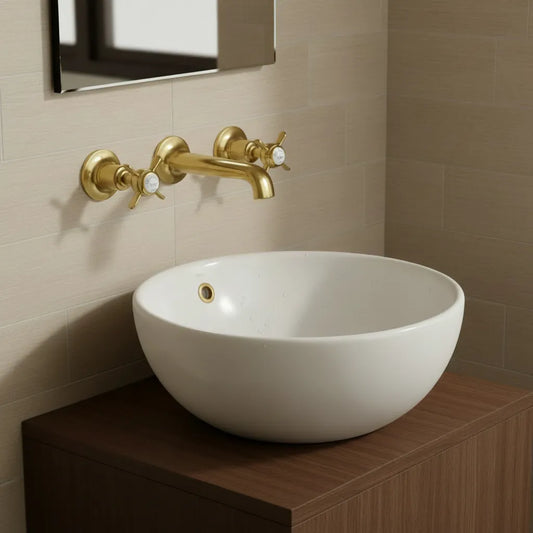


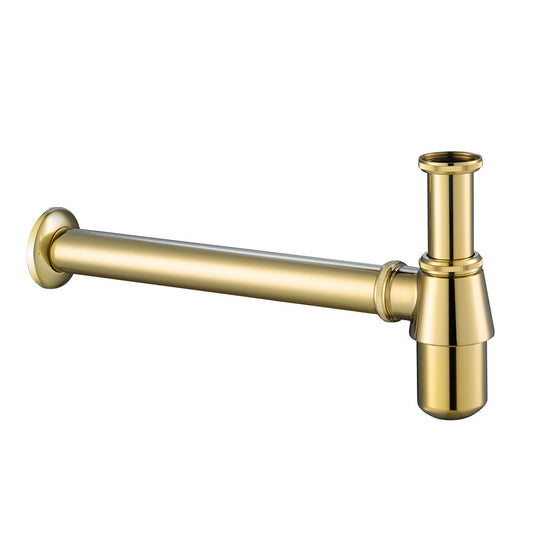
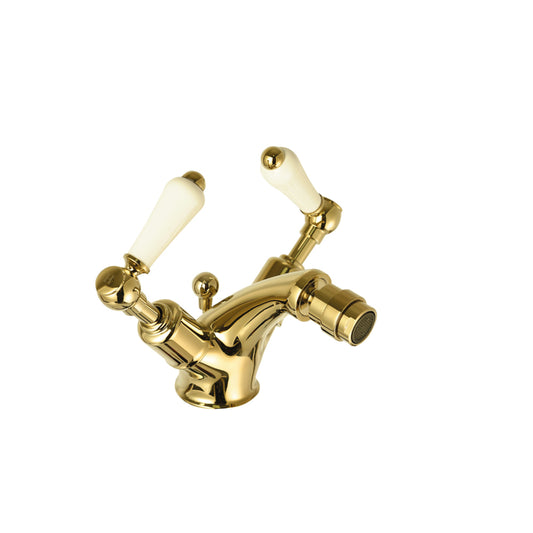
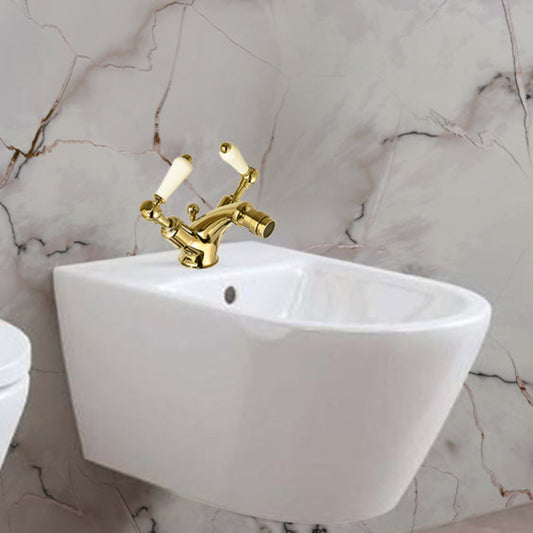
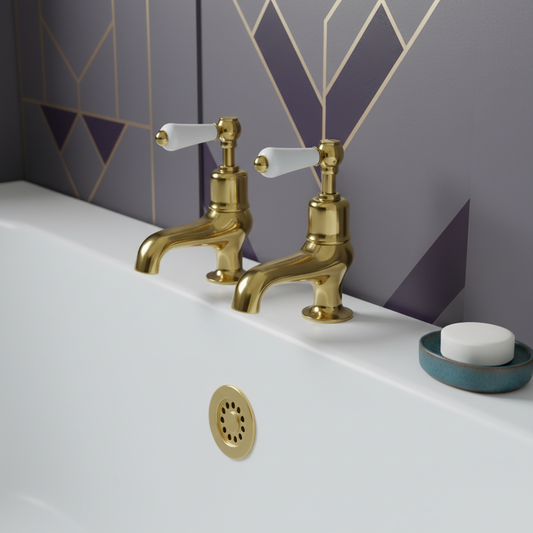

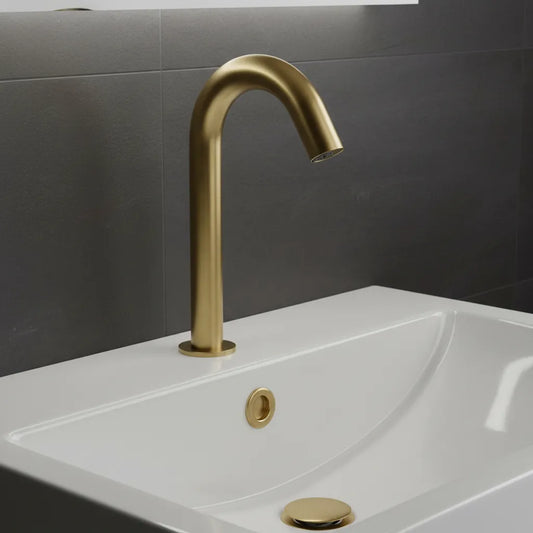

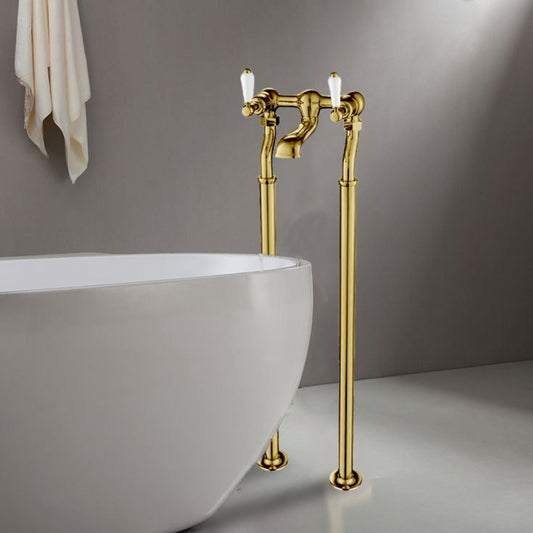
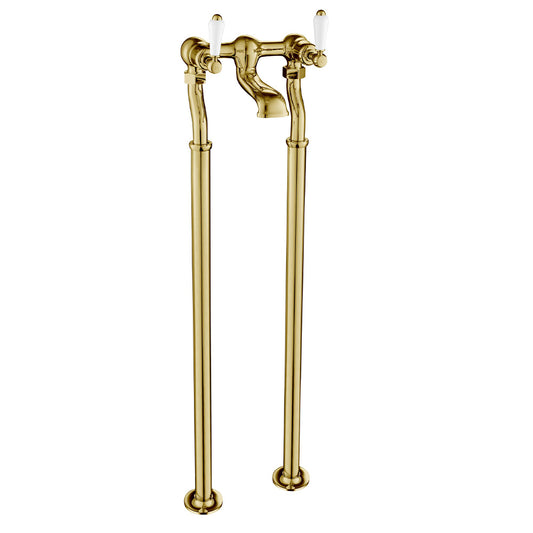
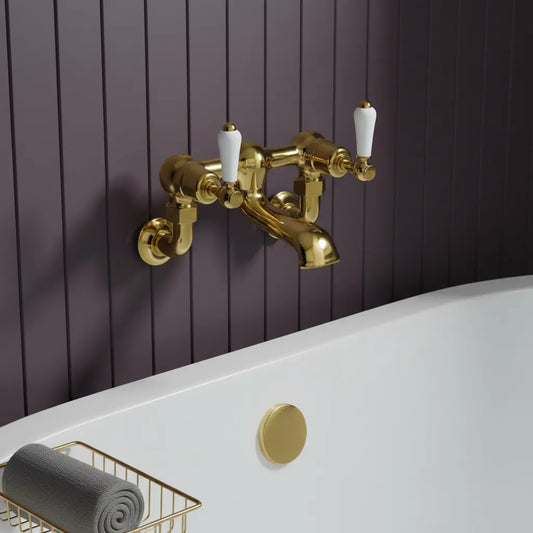

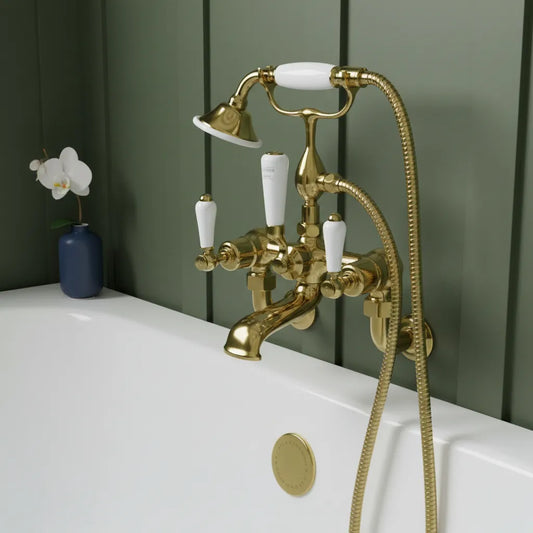



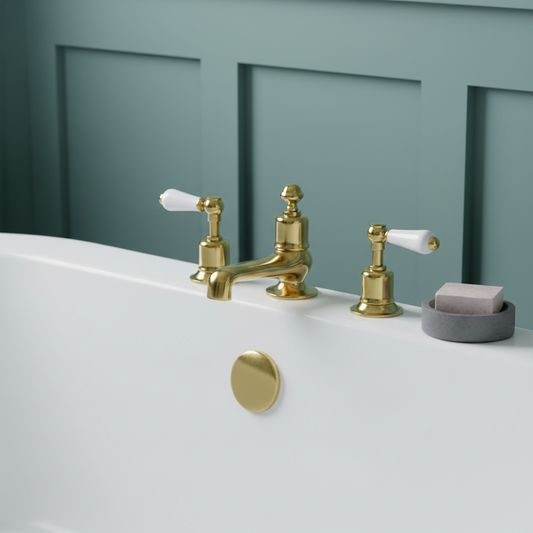







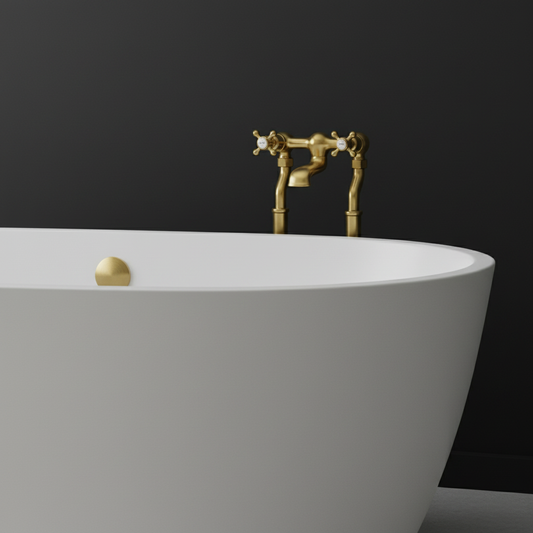

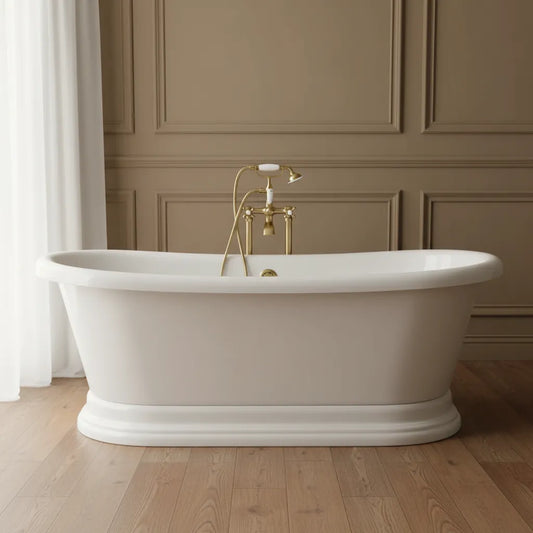

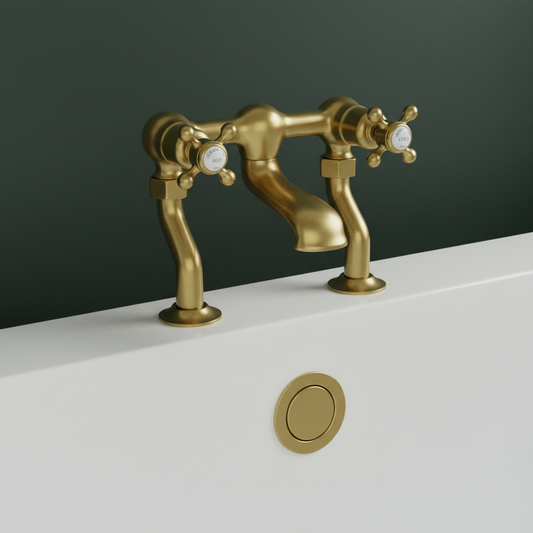

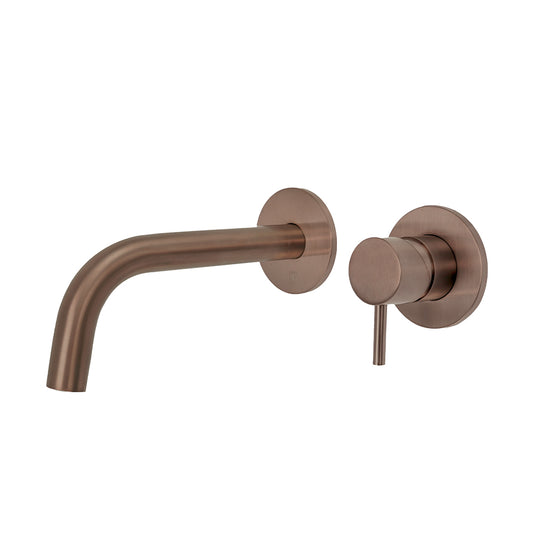
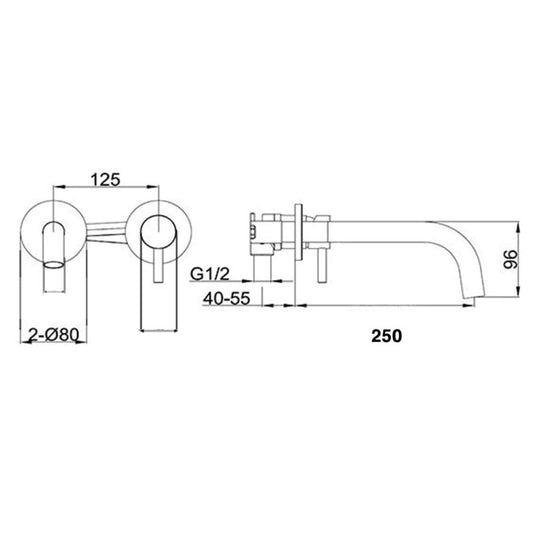




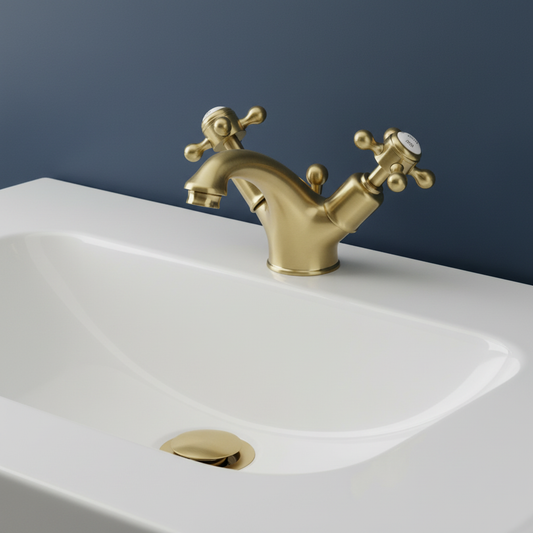



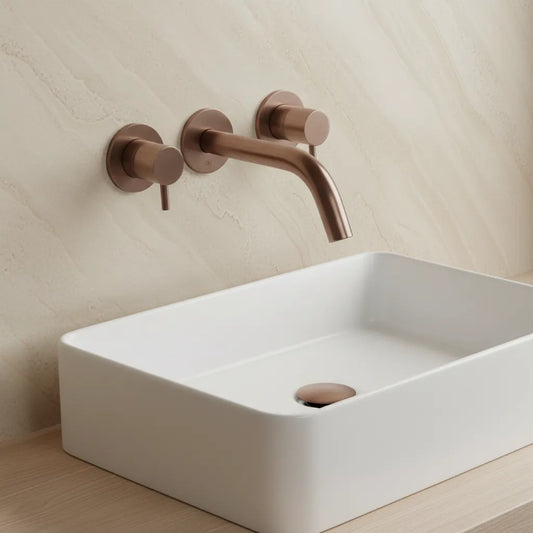



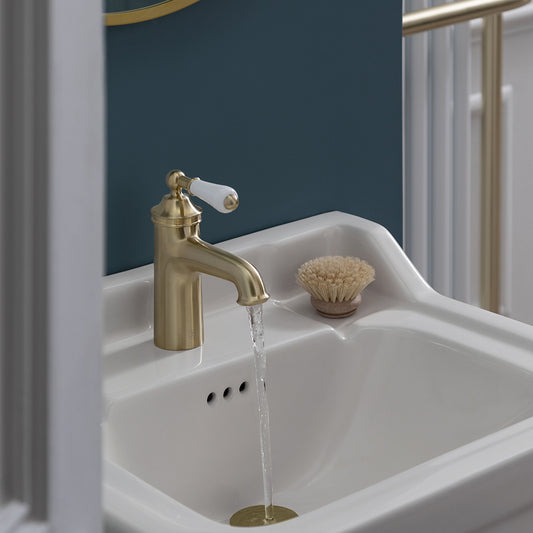

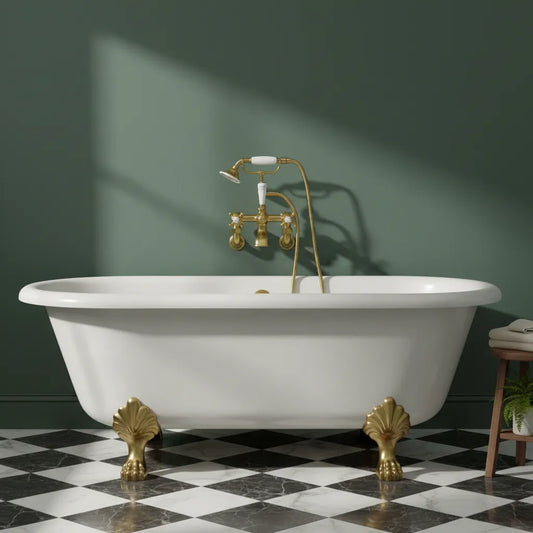

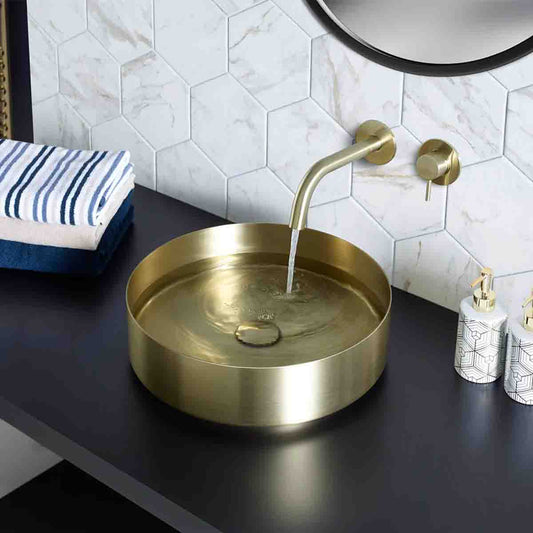
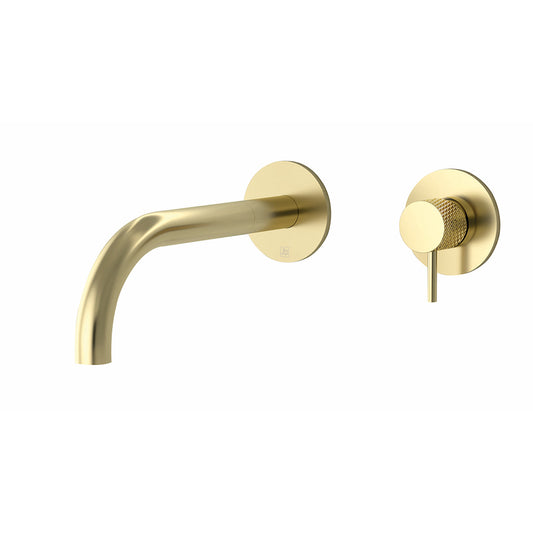
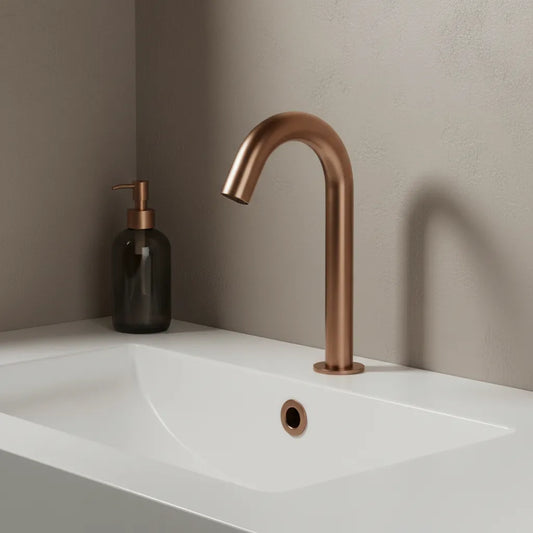



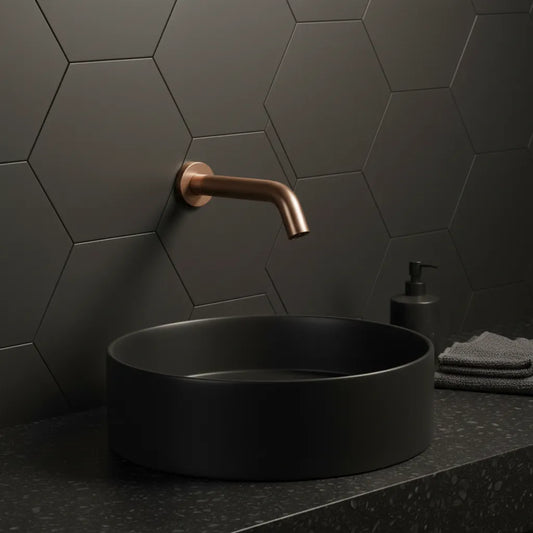

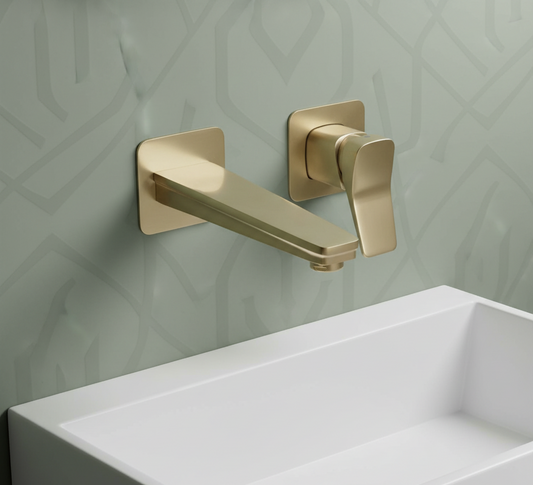

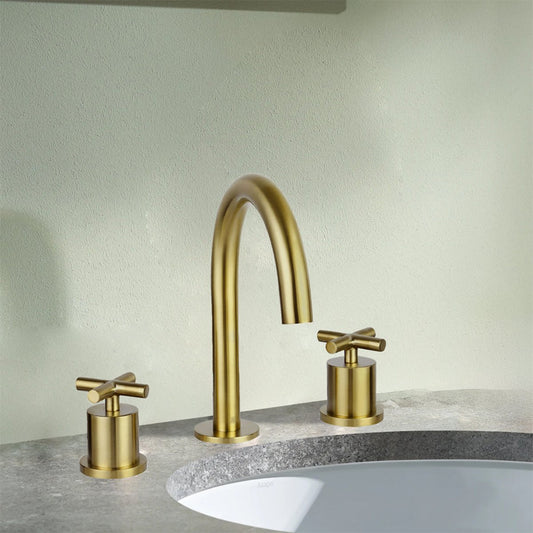

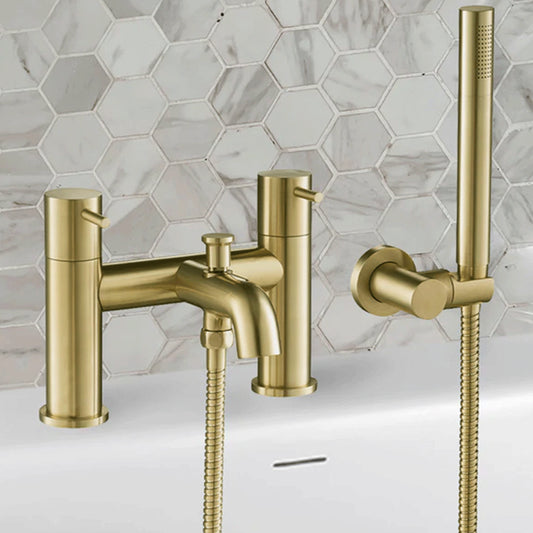
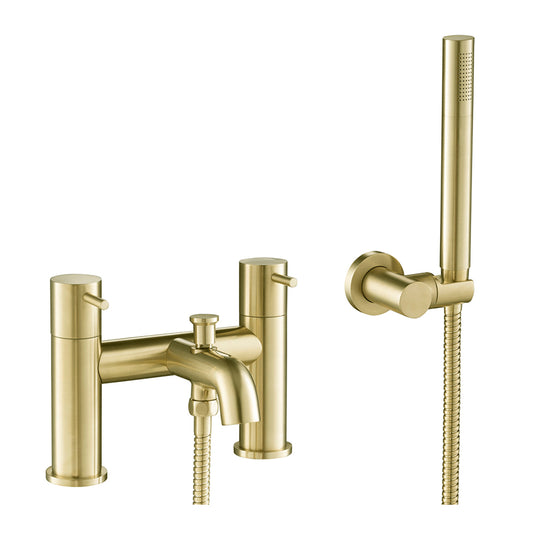


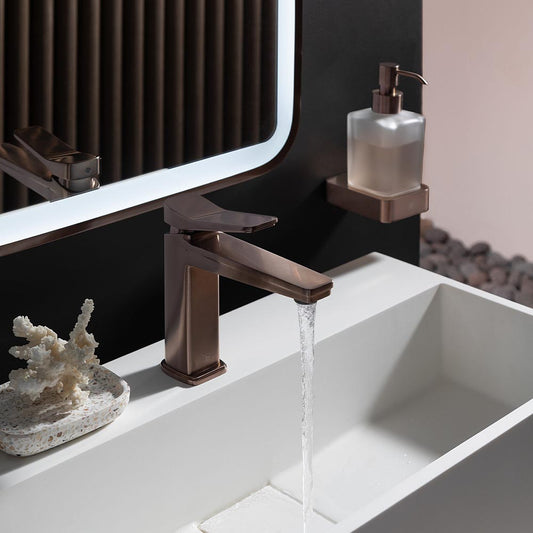

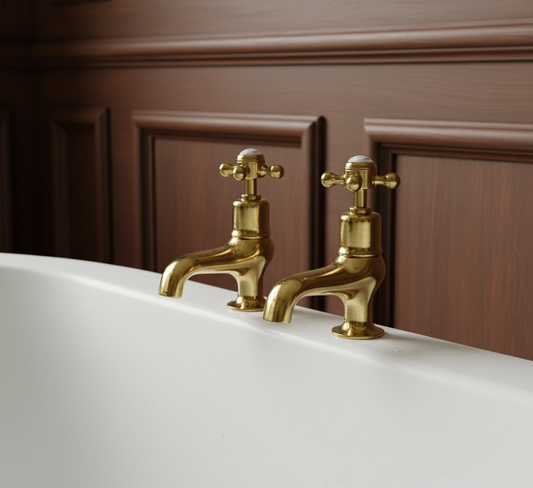

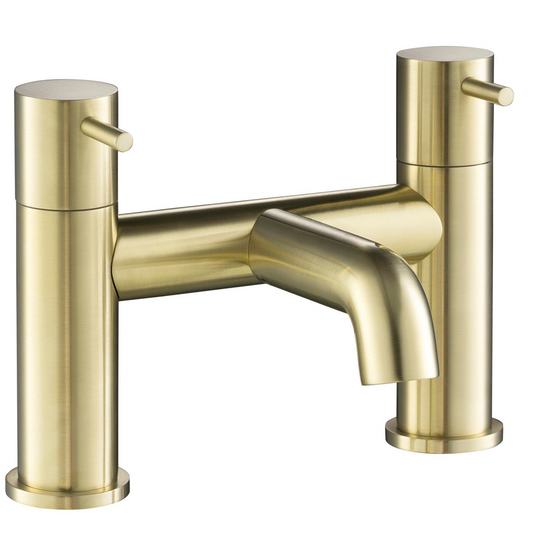
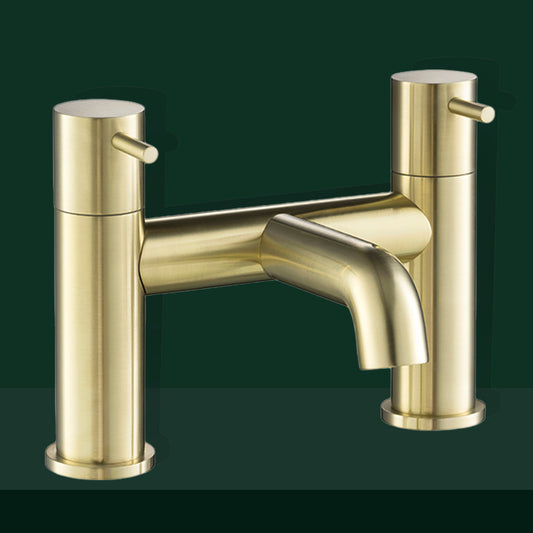
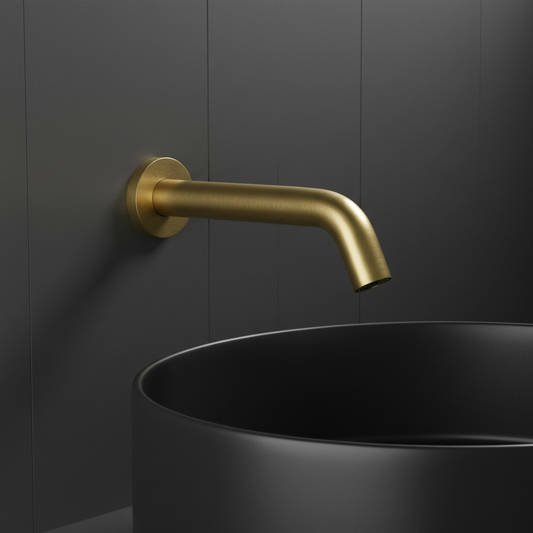

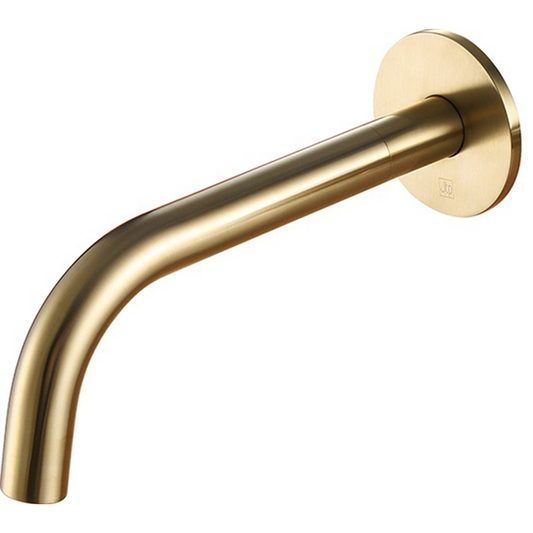

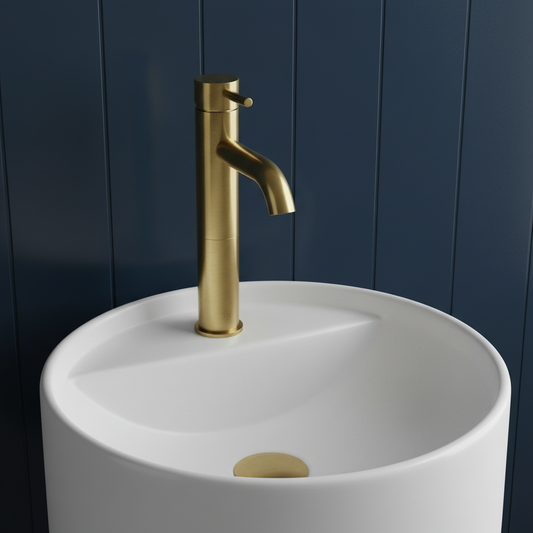

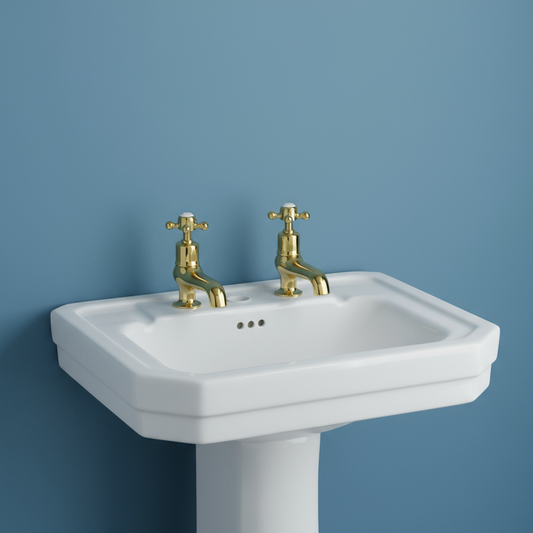

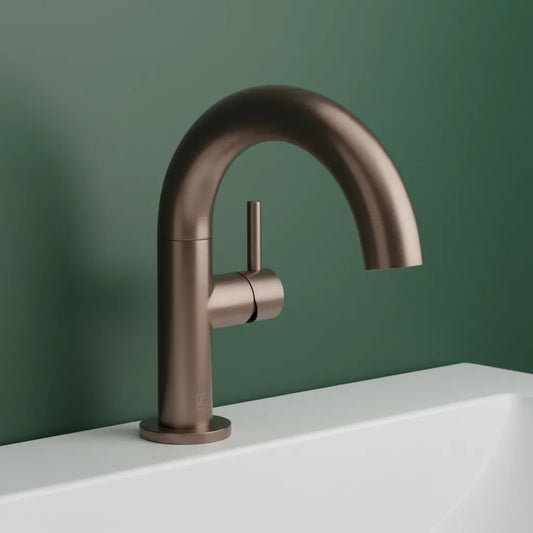

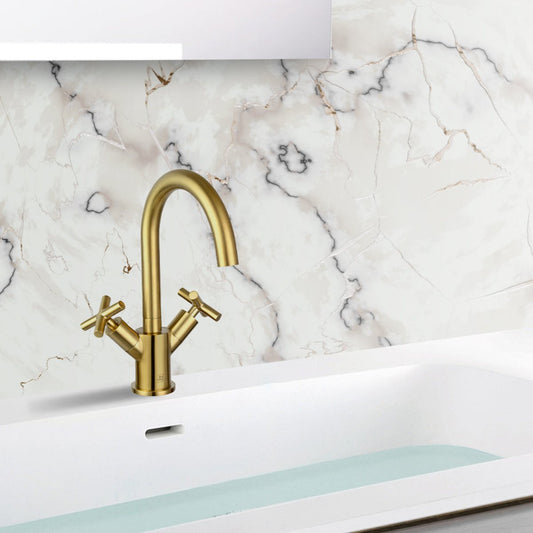
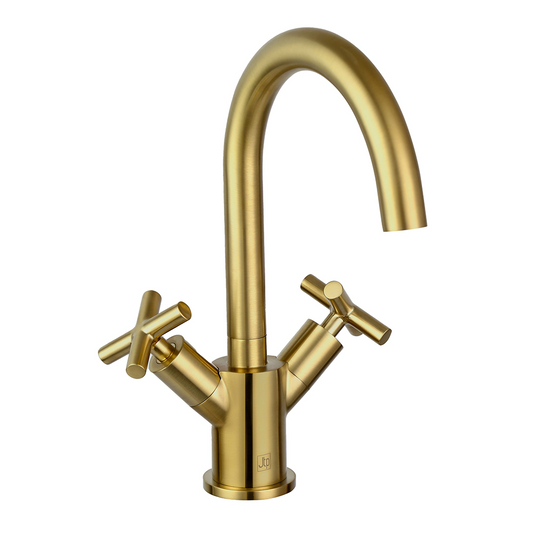




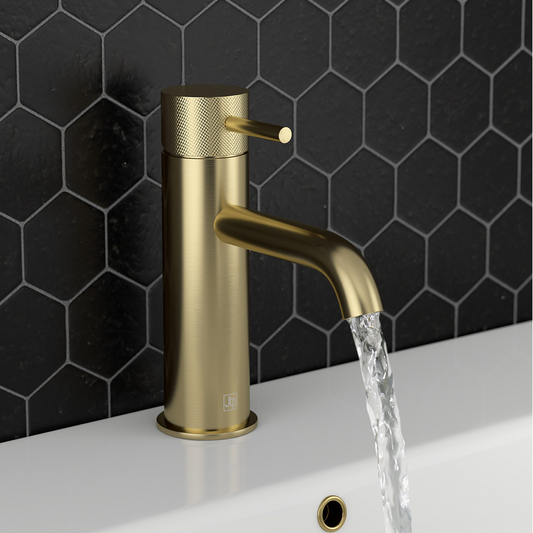
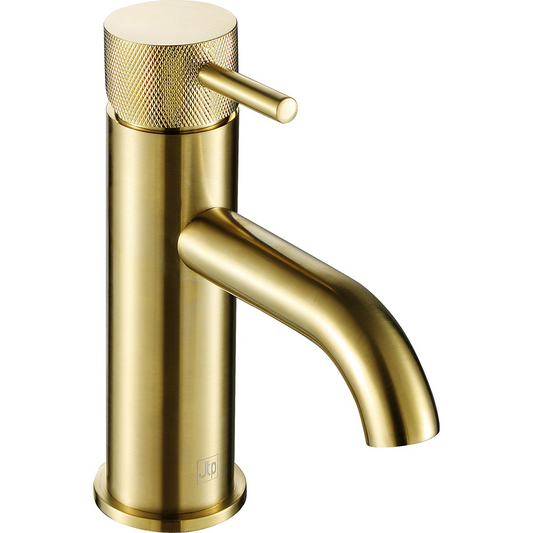


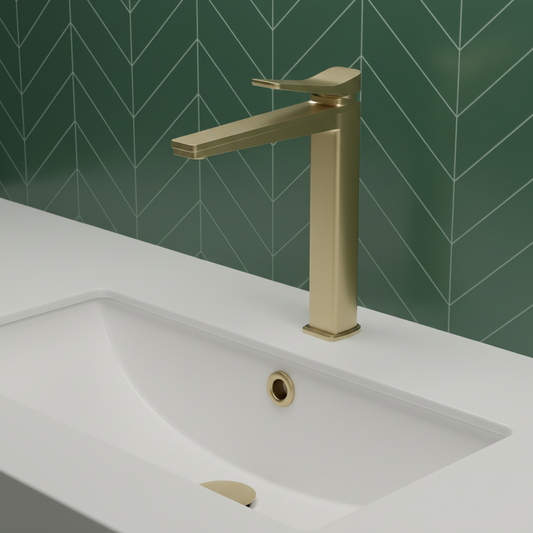


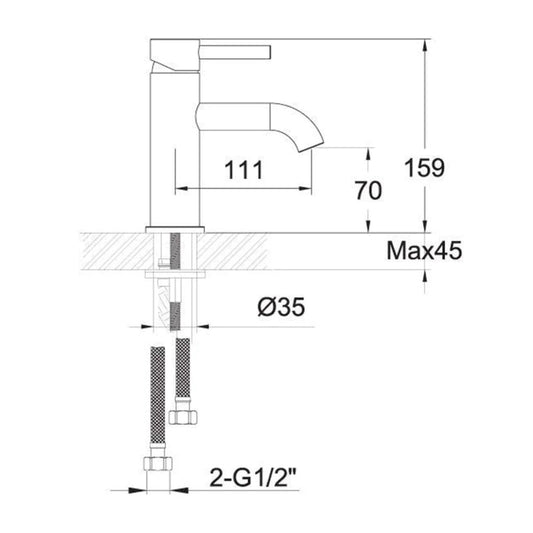
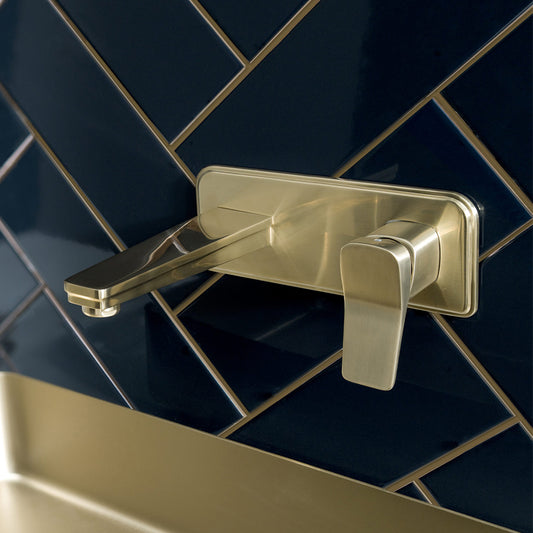
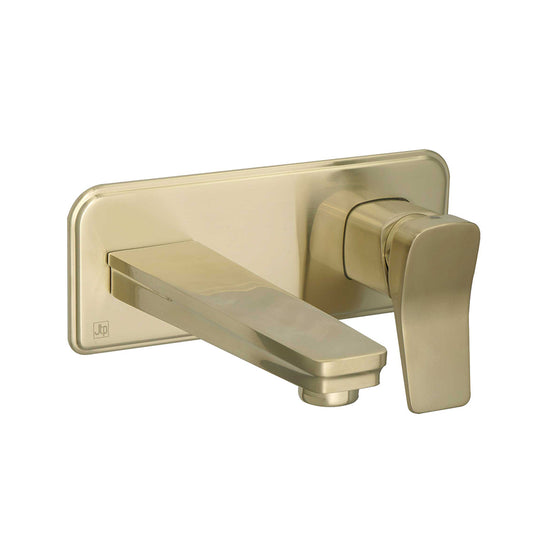
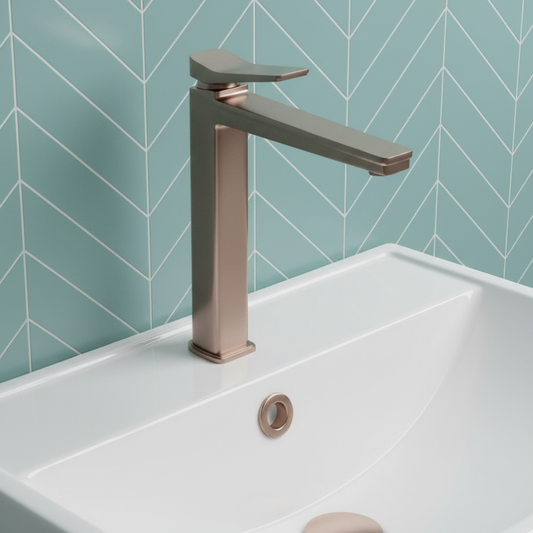

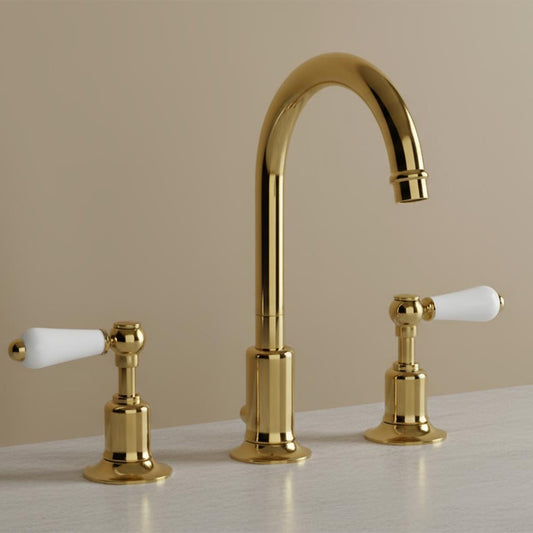



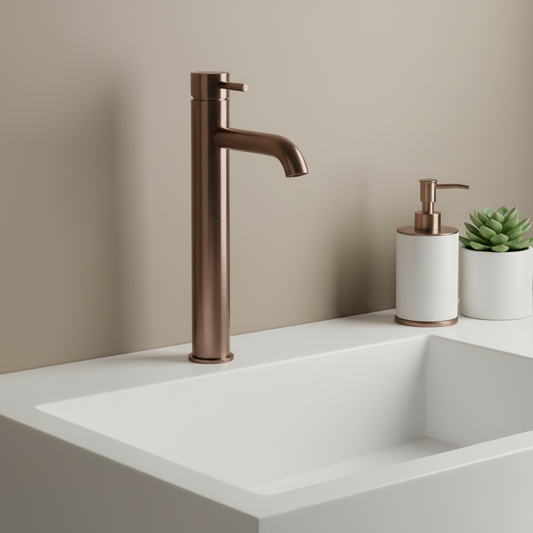

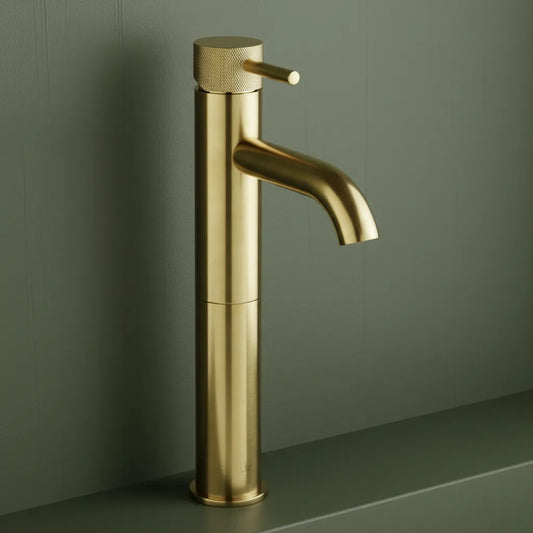







7 Comments
These guides on how to measure and cut bathroom panels for ceiling installation are great and will enhance the look of your bathroom.
Installing a bath panel is a challenge but choose the right panel for the bathroom makes it easy.
Bath panels are a game-changer! 🛁 Easy way to give your bathroom a fresh look.